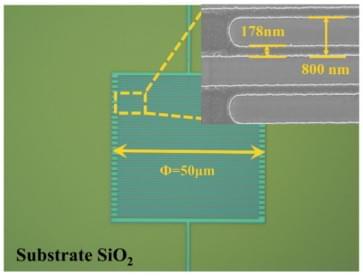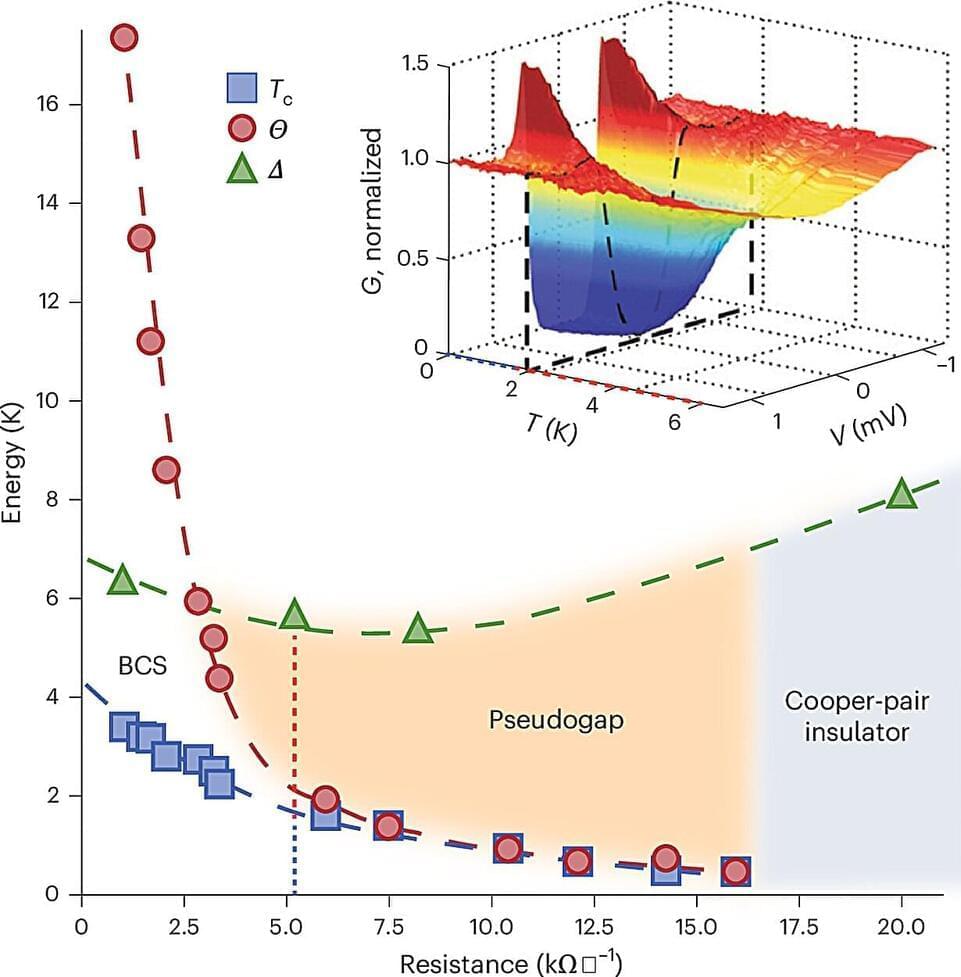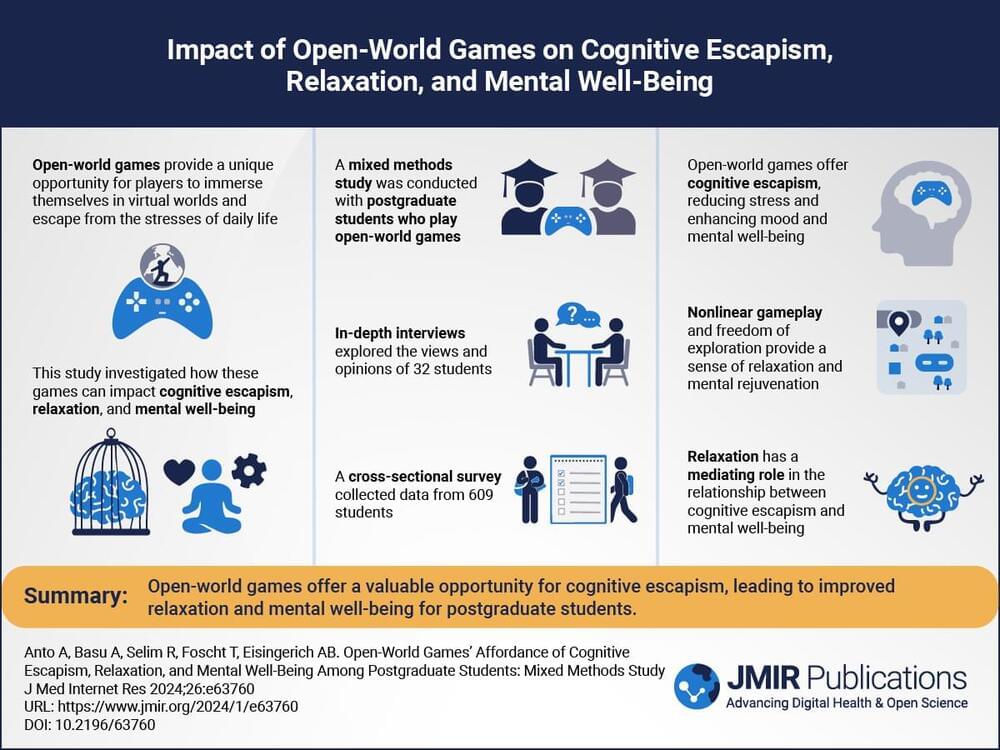“The floor is lava,” proclaimed Willaim W in the live chat as more than 400 people watched shortly after midnight Jan. 25 while lava once again fountained from the north vent in the southwest portion of Halema’uma’u Crater within Kaluapele, the summit caldera, of Kīlauea.
Episode 6 of the Big Island volcano’s latest eruption, which began the week of Christmas 2024, is underway as lava flows onto the crater floor from a geiser that started at about 11:28 p.m. Jan. 24.
Lava was fountaining to between 10 and 20 feet high within about 2 hours after Hawaiian Volcano Observatory reported spattering that kicked off at about 6 p.m. Jan. 24 increased to spatter fountaining and spiked in frequency and intensity.







